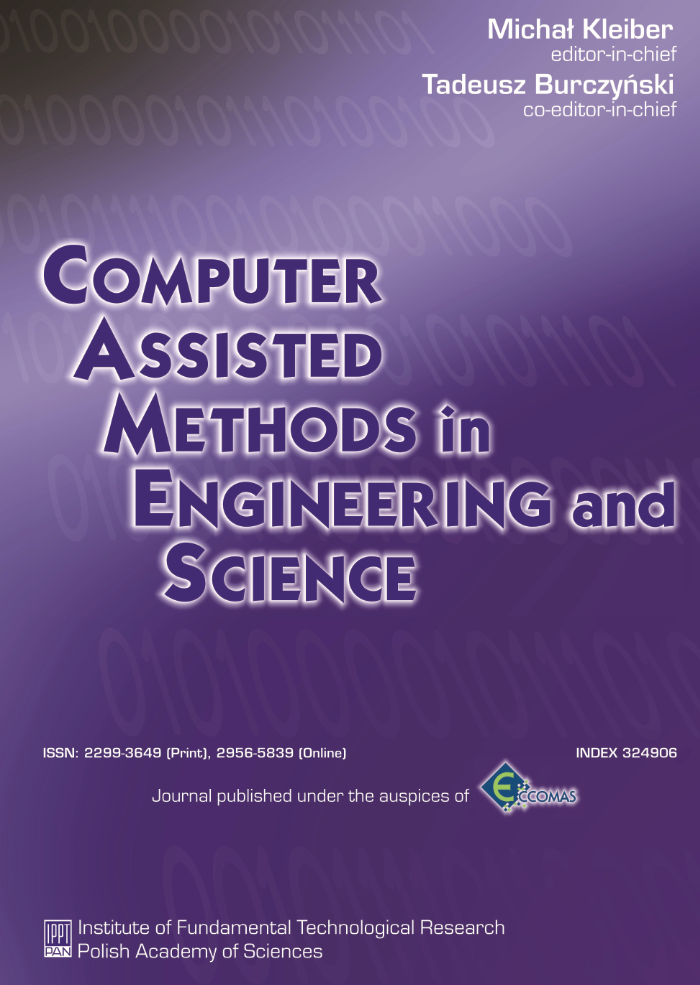Abstract
The finite element method is applied in the time domain to establish formulations for the integration of second-order and hyperbolic (dynamic) problems. Modal decomposition in the space domain is used to recover the well-established method for uncoupling the equations of motion, which is extended to include general time approximation bases. The limitations of this approach in the implementation of large-scale, non-linear problems while preserving the uncoupling of the equations of motion are overcome by using the alternative concept of modal decomposition in the time domain. Both single- and double-field formulations are presented and the associated Trefftz formulations are established.
Keywords:
Time integration, second-order problems, hyperbolic problems, Trefftz methodReferences
[2] K. K. Tamma, X. Zhou, and D. Sha. The time dimension: A theory towards the evolution, classification, characterization and design of computational algorithms for transient/dynamic applications. Archives of Gomputational Methods in Engineering, 1(2): 67-290, 2000.
[3] A.P. Zielinski. Trefftz Method. GAMES, 4(3/4), 1997.
[4] J. A. T. Freitas and J. P. M. Almeida. Trefftz method. GAMES, 8(2/3), 200l.
[5] J. A. T. Freitas. Hybrid-Trefftz displacement and stress elements for elastodynarnic analysis in the frequency domain. GAMES, 4: 345-368, 1997.



